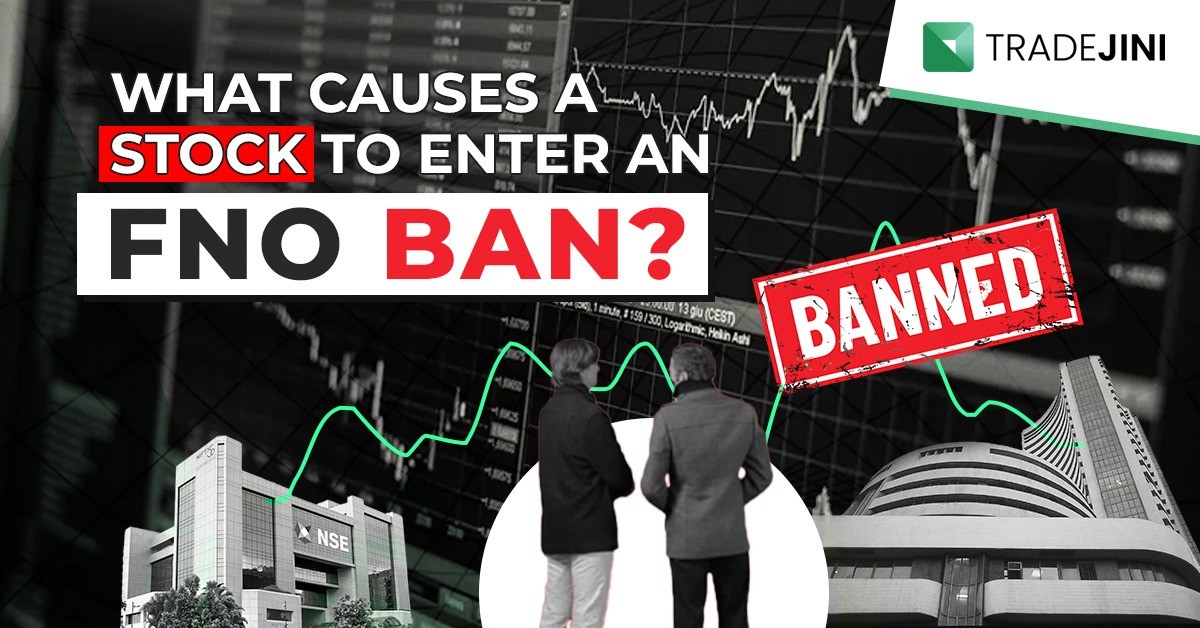Traders often look forward to predicting the ups and downs of the stock market by using various strategies to maximise their earnings and reduce risks. In the world of the stock market, there exists an index which measures market volatility by the name of India VIX The index helps measure the volatility of the Indian stock market in the next 30 days. In other words, the India VIX Index is like a weather forecast for the stock market. It helps you understand how much the market will go up or down in the next months. This index is also responsible for predicting the volatility of the Nifty 50 Index.
So, don’t you think India VIX is of great importance and every investor should be aware of its meaning and applications? If yes, let’s find out everything with this brief guide!
What is the India VIX Index?
As mentioned earlier in the introduction, the India VIX Index is a tool that measures how much movement the Indian stock market is going to witness in the next 30 days. When the figure representing VIX is high, then it means the market would be more volatile, which means there will be more ups and downs in stock prices. However, if the VIX is low, then the market is expected to be in a calm state. So, simply put, the India VIX meaning is nothing but measuring the uncertainty in the stock market.
Examples of High Volatility
Now, let’s take a look at some examples when the market is very volatile:
Global Financial Crises
Big financial crises, like the 2008 Global Financial Crisis, can send markets into a panic. This is often the time when banks start struggling and hence, people start worrying about losing their money. During such crises, stock prices drop rapidly as investors react to the bad news. As a result, the India VIX may spike to very high levels.
Pandemic Outbreaks
Do you remember the Pandemic of 2020? Pandemics like COVID-19 can also make the stock market very unpredictable. It slows down the economy, causes the stock market to crash, and eventually, shoots up figures for India VIX.
Election Results
If you are already investing in stocks, then you would know that elections can also cause the market to fluctuate. It can go wild when results are announced. This is mainly because people do not know what new policies may come into play, which can lead to drastic price changes in the stock market.
Wars and Geopolitical Events
Wars and geopolitical tensions are also significant reasons for the uncertainty in the market. For example, when Russia invaded Ukraine in 2022, the global market was influenced. Prices of oil and other goods increased to a new level, and this caused volatility that was reflected in the India VIX.
Learn About: How can the 2024 US Presidential Elections Affect the Indian Stock Market?
Who Handles VIX?
The India VIX is managed by the National Stock Exchange of India (NSE). It calculates the index using the prices of options related to the Nifty index, and this helps investors understand the level of risk in the market and make investing decisions based on it.
Graphs and Charts of the VIX on Volatile Days
There are graphs and charts of the India VIX that can show investors what happens during volatile days. For example, during major market events, you may see spikes in the VIX, which indicate increased uncertainty.
What Does It Mean If VIX Is Rising or Falling?
When the VIX is increasing, it simply tells investors to expect the market to be volatile. This rise can happen due to negative news or uncertainties. On the other hand, if the VIX is falling, it means that investors think the market are likely to be more stable.
Where Does the VIX Derive Its Value From?
The VIX gets its value from the Black-Scholes (B&S) model and five key factors:
- Current Market Price of the Nifty Index
- Strike Prices of Nifty Options
- Time to Expiration
- Risk-Free Rate
- Implied Volatility
How Do These Parameters Are Related to Volatility?
These parameters help investors understand how the market may behave in the coming days. For example, if implied volatility rises, it means that traders expect larger price movements, which would lead to a higher VIX. If the market price changes suddenly, it can also cause the VIX to rise, thereby, showing new uncertainties.
Uses of VIX and Incorporating It into Trading Strategies
Hedging
One important use of the VIX is hedging strategy. If you have invested in stocks and you think the market may fall at any time, then you can buy VIX futures to protect your investments. After this, even if the market drops, you have gains from your VIX futures against losses in your stock portfolio.
Risk Management
You can also use the VIX for risk management. If the VIX is rising, it means that the market may become more unstable. And with this, you can adjust your investments to minimise your losses.
Timing Trades
With the help of VIX, you can also decide when to buy or sell. If the VIX is low, it may mean the market is due for a correction. On the other hand, a high VIX could indicate an oversold market, thereby, offering you buying opportunities.
Use Case Example:
Suppose you suspect an increased volatility in the stock market due to an upcoming election. Now, by monitoring the India VIX and noticing it rising, you can decide to save your existing investments by buying VIX futures. If the election leads to market fluctuations, the gains from your VIX futures can help you cover the losses from your stocks.
Conclusion
With this, you can certainly understand that the stock market can be unpredictable. Based on events like elections, wars, or sudden global crises, prices in the stock market may fall or rise anytime. And this is what makes investing feel a bit like a rollercoaster ride, isn’t it? So, always keep an eye on the India VIX to stay ahead in the market.
You can use powerful trading platforms like the Tradejini CubePlus app to track real-time market movements, access advanced trading tools, and execute your trades easily. Whether you are trading futures on the VIX or looking for ways to cover yourself against volatility, Tradejini has everything you need in one place.
Also Read: Implied Volatility (IV) in Options Trading: Mechanism and Examples



